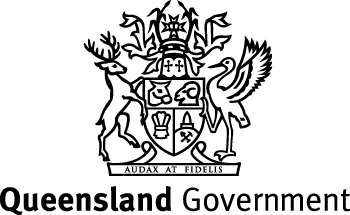Project Summary
This project evaluates embodied carbon calculation methods in the timber industry through a literature review and industry consultations. It will assess current carbon accounting practices and compare them with the ISO 13391 series standards, which provides detailed frameworks for calculating carbon footprints across the wood product value chain. Additionally, the project will examine whether these standards are comparable to those used for other construction materials, such as concrete and steel, to promote consistency and transparency in embodied carbon assessments across the construction sector.
DBI Partner

Key Objectives:
- Evaluate current methods for calculating embodied carbon in the timber supply chain.
- Assess the draft ISO 13391 standards and compare them with existing methodologies.
- Compare timber standards with embodied carbon calculations used for other materials.
Project Focus Areas
- Embodied carbon calculation methodologies for timber.
- Comparison of draft ISO standards with current methods.
- Harmonising carbon accounting practices across various materials.
Expected Outcomes:
This project aims to:
- Comprehensive review of existing carbon accounting methods in the timber industry.
- Evaluation of the draft ISO 13391 standards for timber carbon calculations.
- Comparative analysis of timber’s carbon methodologies with other construction materials.
- Recommendations for harmonising embodied carbon calculation methods across the industry.
Timeline and Budget:
The project will span over six months in 2025 with a total budget of $50,000. Key activities includes literature review, industry consultation, and development of carbon calculation methodologies for timber.
Project updates
Coming soon!
For inquiries, please contact:
- Rhianna Robinson (Research Scientist) – rhianna.robinson _at_ daf.qld.gov.au
- William Leggate (Team Leader) – william.leggate _at_ daf.qld.gov.au
